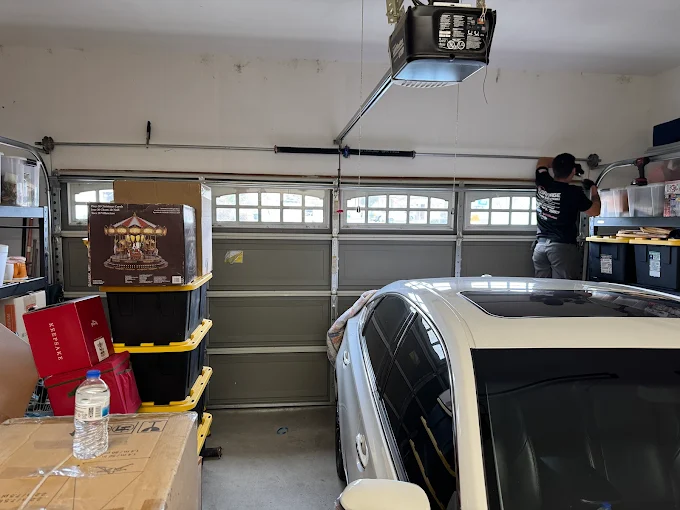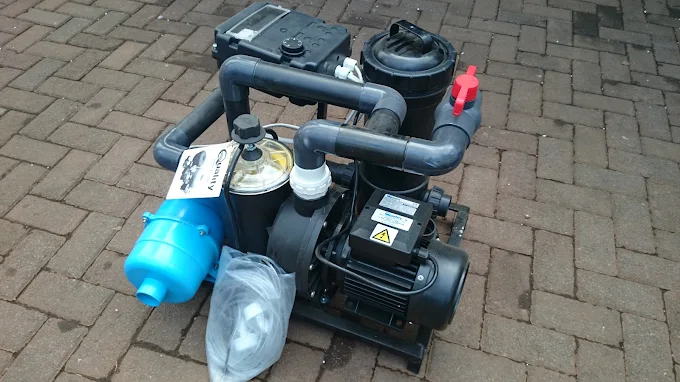
In an increasingly globalized world, mastering a new language is more important than ever. Whether for academic, professional, or personal development, the ability to communicate in multiple languages is a valuable skill. One of the most effective tools in achieving language proficiency is the use of a language lab. A language lab is a dedicated space equipped with technology that facilitates language learning in a structured and interactive environment. Below are the top 10 advantages of using a language lab for language mastery.
1. Immersive Learning Environment
Language labs provide an immersive setting where students can engage with the target language through audio, video, and interactive exercises. This constant exposure simulates real-world situations, helping learners to absorb the language more naturally and effectively.
2. Individualized Learning Pace
Every student learns at a different speed. Language labs allow learners to progress at their own pace without the pressure of keeping up with others. Whether a beginner needs extra time on pronunciation or an advanced learner wants to fine-tune grammar, language labs accommodate all proficiency levels.
3. Enhanced Pronunciation and Listening Skills
Using high-quality audio tools, learners can listen to native speakers and compare their own pronunciation in real-time. Repetitive listening and speaking practice help students develop accurate pronunciation and better listening comprehension — crucial elements in mastering any language.
4. Interactive and Engaging Tools
Language labs incorporate multimedia resources such as videos, games, speech recognition software, and virtual conversations. These interactive tools make learning fun and engaging, which increases motivation and retention.
5. Immediate Feedback and Evaluation
One of the most significant advantages of a language lab is instant feedback. Learners can receive real-time evaluations of their pronunciation, grammar usage, and comprehension skills. This immediate response helps correct mistakes early and reinforces correct usage.
6. Development of All Four Language Skills
Language mastery involves listening, speaking, reading, and writing. Language labs provide comprehensive exercises that integrate all four skills, allowing learners to develop a balanced proficiency. From audio recordings to writing prompts and comprehension quizzes, students gain well-rounded language capabilities.
7. Increased Student Participation and Confidence
In traditional classrooms, some students may hesitate to speak out due to fear of making mistakes. Language labs offer a private and safe space where learners can practice speaking without embarrassment, building their confidence over time.
8. Access to a Wide Range of Learning Materials
Language labs offer a wealth of resources that go beyond textbooks. From culturally rich videos to current news articles in the target language, learners have access to authentic content that enhances vocabulary and contextual understanding.
9. Teacher Monitoring and Support
Teachers in a language lab setting can monitor each student’s progress individually. This enables personalized support, targeted feedback, and the ability to address specific areas where a student may struggle. It transforms teaching from a one-size-fits-all model to a tailored approach.
10. Flexibility and Convenience
Modern language labs often include online access, allowing learners to practice anytime and anywhere. This flexibility is especially beneficial for busy students or professionals who want to integrate language learning into their daily routine without compromising on quality.
Conclusion
Language labs are revolutionizing the way people learn languages. By combining technology, personalization, and interactivity, they create an environment that fosters language mastery more effectively than traditional methods alone. Whether used in schools, universities, or by independent learners, language labs provide the tools and support needed to reach fluency. Investing in a language lab experience is not just about learning words — it’s about gaining the confidence and competence to communicate in a new world.






